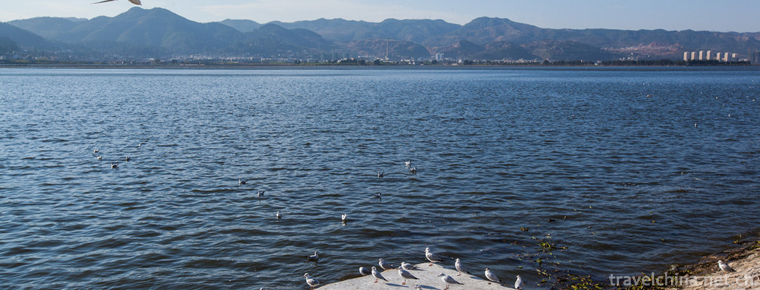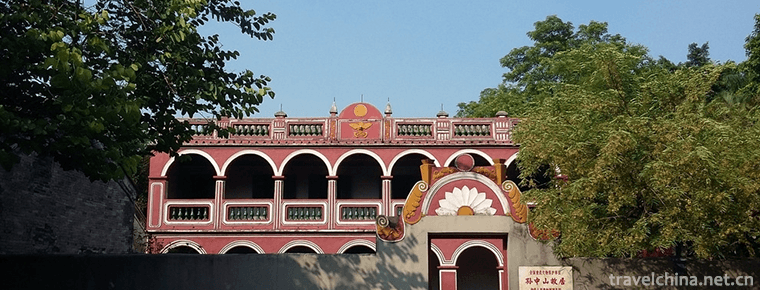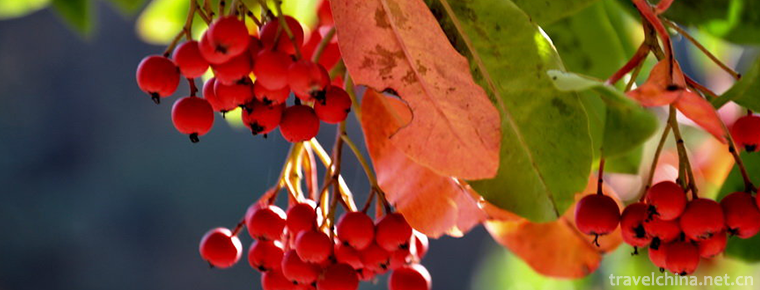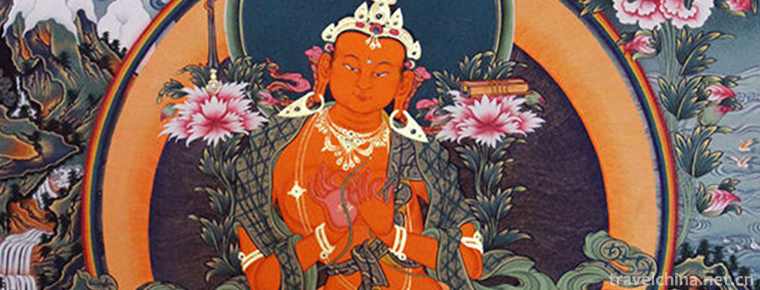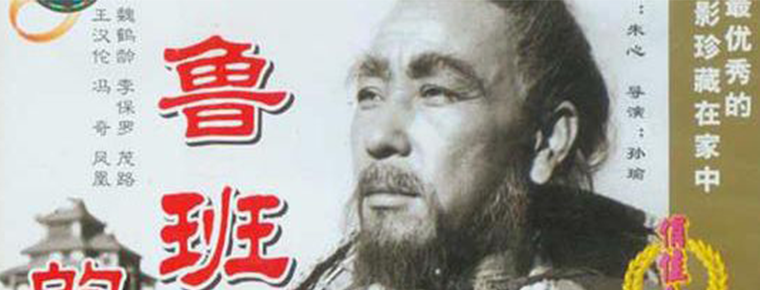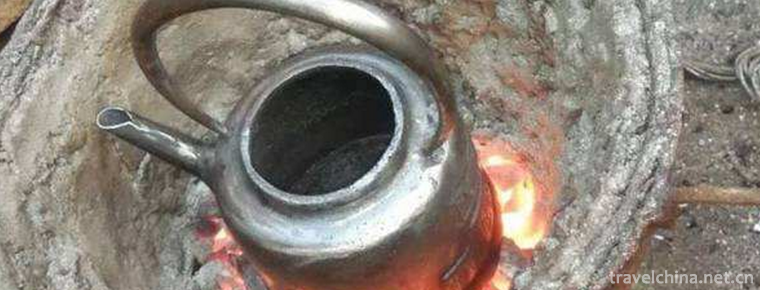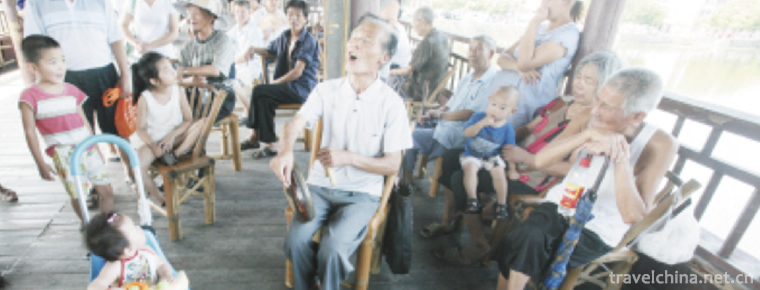Eight Diagrams porridge
Eight Diagrams porridge
Bagua porridge is derived from "Chinese recipe for longevity". Its main ingredients are turtle and japonica rice. It is made by boiling with other auxiliary ingredients. It can play a health role of tonifying Yin and prolonging life.
Essential information
Processing: Boiling Taste: Fresh Flavor Ingredients: Turtle (500g) Japonica Rice (200g)
Accessories: Walnuts (50g)
Condiments: lard (refined) (50g) sesame oil (5g), onion (15g), pepper (5g), ginger (10g) salt (2g) monosodium glutamate (1g)
Category: Fast food/staple food nourishing deficiency, nourishing body, regulating qi and blood, nourishing Yin after operation
Origin: Legend has it that Zhu Yuanzhang ran to a broken temple in a battle before he was emperor. At that time, he was very hungry. A soldier finally found some food in the rat hole and made porridge for Zhu Yuanzhang to drink. The number is exactly eight. Finally, Zhu Yuanzhang became emperor. When he remembered the past, he called the life-saving food Babao porridge. Later, people thought it was delicious, and it was handed down!
December 8th of the lunar calendar is the Laba Festival in China. People have the habit of eating Laba porridge. Laba porridge is also called Babao porridge. According to legend, Laba Festival is the day when Buddha "became a Tao". Buddhist temples should imitate the story of shepherd's maid's sacrifice of rice and fruit to make porridge for Buddha. So it is called Babao porridge. Laba porridge is simple in preparation, rich in nutrition and sweet in taste. In the Song Dynasty, the folk followed suit and became a popular delicacy.
On the eighth day of the eighth lunar month, Buddhist monks and nuns often cook eight kinds of food together, such as glutinous rice, sesame, bud seeds, Guiyuan, dates, mushrooms and lotus seeds. They invite the people around the mountain to have a holy meal and give alms to the people's families, old and young, in order to show their respect for Buddha's ancestors. Later, it gradually became a folk self-cooked porridge (Laba porridge) for consumption. The custom of eating Laba porridge was formed.
On December 8 of the lunar calendar, the ancient monasteries used to cook porridge and worship Buddha with mixed grain and fruit. Folk people also used to cook porridge on the eighth day of the eighth lunar month to eliminate disasters and diseases. Laba porridge was boiled with walnuts, pine nuts, mushrooms, persimmons, chestnuts and rice in Hangzhou during the Song Dynasty. Laba porridge was popular throughout the Ming and Qing Dynasties.
Laba porridge is nominally full of eight raw materials, but it is not rigid. There are four or five kinds of porridge, and more than a dozen kinds of porridge. In some places, Laba porridge is boiled with glutinous rice, brown sugar and 18 kinds of dried fruits and beans, which is very grand. With lotus seeds, ginkgo, peanuts, red dates, pine nuts and ginger cinnamon and other spices mixed into rice to boil Laba porridge, take its warm hands and feet, nourishing the body. There are also Laba porridge boiled with cowpea, golden needle, agaric, tofu, mushroom and so on. These are "fine Laba". Laba porridge eaten by ordinary people, mixed with vegetables, soybeans, broad beans, tofu, carrots and water chestnut, is the so-called "coarse Laba". In some places of northern China where rice is not produced or produced less, people do not eat Laba porridge, but Laba noodles. The next day, we use all kinds of fruits and vegetables to make pickles and roll out noodles. On the eighth morning of the eighth month of December, the whole family will eat Laba noodles. In some mountainous areas where maize is produced, when Laba comes, maize is used instead of rice to make "Laba Mairen" to eat. Farmer's custom is to make Laba porridge every day. Laba porridge is all that you have at home. Everything delicious and edible can be put in a pot in an appropriate amount. Soybean, mung bean, cowpea, pea, eggs, potato, carrot and wheat flour, corn flour, sorghum flour, barley flour, etc. can be boiled into a pot of porridge. It is often said that you eat well and grow well.
December, is a year to come. We must eat all kinds of cereals and vegetables throughout the year, so that we can have comprehensive nutrition. This is to pray for human health, family prosperity! Next is to eat all, harvest all, after the month of December, it will be a new year. When eating Laba porridge, we will eat all kinds of cereals and vegetables that grew in the field in that year and refuse to give up anything. This shows that farmers cherish everything they harvest on the land. We hope that in the new year, all crops will grow well and be rich.
Manufacturing process
1. Strike the hard bones on both sides of the living turtle with an axe, uncover the shell, remove the bottom plate, and clean up the meat and viscera of the turtle (turtle shell, bottom plate is not used). Cut scallions and pat ginger.
2. Add lard, pepper, scallion, ginger, fried fragrance, pour turtle meat and viscera and walnut kernels into the container, sprinkle with sesame oil, add salt after 5 minutes of high heat, add 1500 grams of water, boil water, add japonica rice and low heat for 20 minutes until porridge is thick.
3. When eating, add a little monosodium glutamate, onion (cut flowers) flower flavor.
dietary nutrition
Turtle: Turtle has a high edible value. Turtle meat is very delicious and nutritious. Turtle meat and its extracts can effectively prevent and inhibit liver cancer, gastric cancer and acute lymphoblastic leukemia, and can be used to prevent and treat weakness, anemia and leukopenia caused by radiotherapy and chemotherapy. Turtle also has a good blood purification effect. Regular eaters can reduce blood cholesterol, which is beneficial to patients with hypertension and coronary heart disease. Turtle can also "repair work injury, strengthen Yang Qi, greatly fill the deficiency of Yin". Turtles also have some adjuvant effects on pulmonary tuberculosis, anemia, physical weakness and other diseases. Turtle meat is flat and sweet, with the functions of nourishing yin, cooling blood, tonifying kidney and strengthening bone, dispersing knots and eliminating ruffian.
Japonica rice: Japonica rice can improve human immune function, promote blood circulation, thereby reducing the chance of hypertension; Japonica rice can prevent diabetes, beriberi, senile plaque and constipation and other diseases; Japonica rice bran layer of crude fiber molecules, help gastrointestinal peristalsis, gastric diseases, constipation, hemorrhoids and other curative effects are very good.
Walnuts: Walnuts are popular snacks. They are rich in protein, fatty acids and B-group food.

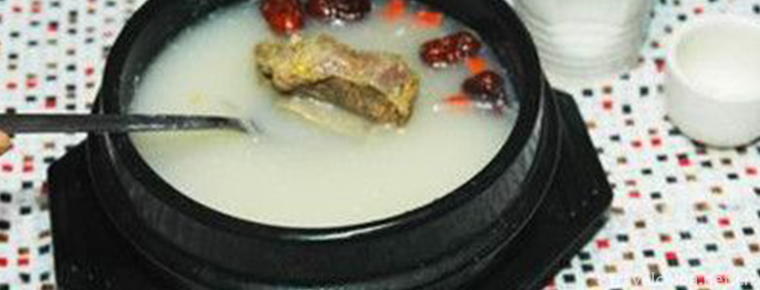
-
Dianchi Lake
Dianchi, also known as Kunming lake, Kunming pool, Yunnan Nan Ze....
Views: 182 Time 2018-10-21 -
Sun Zhongshans hometown
Sun Yat-sen's hometown is located in Cuiheng Village, Zhongshan City, Guangdong Province. It is surrounded by mountains on three sides: south, north and west, East by the Pearl River Estuary.
Views: 157 Time 2018-12-12 -
Side wall ruins
The local people call it "Genghis Khan Wall", also known as "Jinjie Trench". It is the ancient Great Wall ruins spanning the left banner of Sunite, covering 100 square meters..
Views: 181 Time 2019-01-03 -
Tangjiahe Scenic Area
Tangjiahe Scenic Area is located in Qingchuan County, Guangyuan City, Sichuan Province. Subtropical monsoon climate. National AAAA-level tourist attractions. Established in 1978, it covers a total are.
Views: 252 Time 2019-02-13 -
Tibetan astronomical calendar
Tibetan astronomical calendar is the study of Tibetan people living on the Qinghai-Tibet Plateau for generations. Under the special natural geographical and climatic conditions of the plateau.
Views: 135 Time 2019-04-15 -
Legend of Luban
productivity and the change of production tools have created conditions for the improvement of technology..
Views: 238 Time 2019-05-15 -
Qingming Festival
Qingming Festival, also known as Taqing Festival, Xingqing Festival, March Festival, ancestor worship festival, the festival period in mid-spring and late spring. Qingming Festival originated from anc.
Views: 146 Time 2019-06-11 -
Smelting and Casting Techniques of Pig Iron in Yangcheng
Yangcheng pig iron casting technology was invented in the 6th century BC. Yangcheng pig iron smelting and casting technology in the smelting and casting process first crushed the ore, then roasted at .
Views: 103 Time 2019-07-10 -
Yongkang Drum Ci
Yongkang Drum Ci is a rap art in Yongkang area of Zhejiang Province. It belongs to the form of singing and talking, which is mainly composed of singing. Because of the use of local dialect performance.
Views: 295 Time 2019-07-14 -
Cao Xueqin
Cao Xueqin (about May 28, 1715 - February 12, 1763) Name Stained with Word Dream Ruan No. Xue Qin No. 2, Qin Xi and celery, Chinese classic. The Dream of Red Mansion The author of the book is controve.
Views: 213 Time 2019-09-07 -
Sports in Panzhihua
By the end of 2018, Panzhihua had 21 stadiums (gymnasiums), 56 sports social groups at all levels, 694 national fitness routes and 263 social sports guidance stations. The city's various sports teams won 80 gold medals, 91 silver medals and 72 bronze medals in provincial competitions. 124 national fitness activities were held throughout the year, with 460000 participants..
Views: 323 Time 2020-12-14 -
Historical evolution of Suining
In Xia and Shang Dynasties, Shu nationality gradually developed and distributed in Sichuan Basin. During the spring and Autumn period and the Warring States period, the Shu nationality .
Views: 192 Time 2020-12-16
